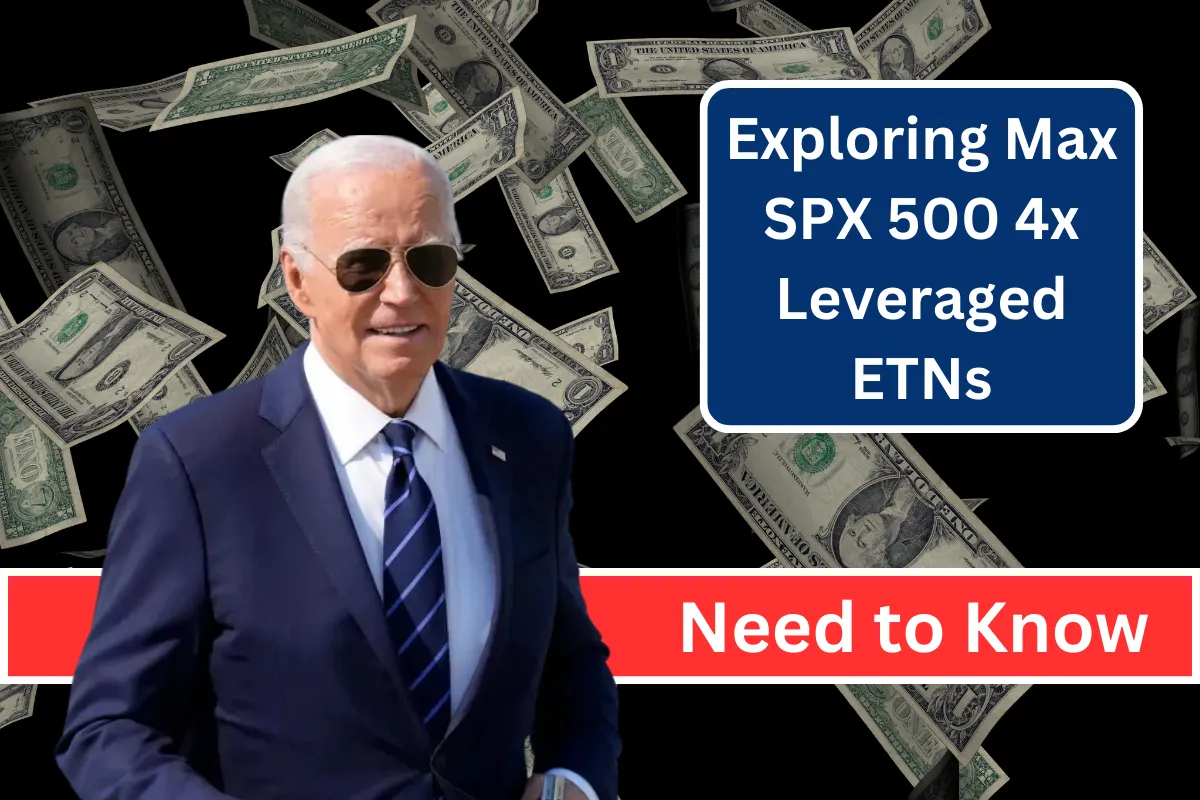Leveraged exchange-traded products (ETPs) offer investors a chance to amplify their returns, but they come with significant risks. One of the most leveraged products in the U.S. market is the Max SPX 500 4x Leveraged ETNs, introduced by the Bank of Montreal (BMO). This new product aims to deliver four times the daily return of the S&P 500 Total Return Index, making it a high-risk, high-reward option for traders. In this article, we’ll explain what these ETNs are, how they work, and the risks involved.
What Are Max SPX 500 4x Leveraged ETNs?
The Max SPX 500 4x Leveraged ETNs (Exchange-Traded Notes) are designed to give investors a quadruple return based on the daily performance of the S&P 500 Total Return Index. This means that if the index goes up by 1% in a day, the ETN will aim to provide a 4% return, excluding fees and charges. However, this leverage works both ways. If the index drops by 1%, the ETN could result in a 4% loss.
Aimed at Short-Term Traders
These ETNs are not designed for long-term investors. Instead, they are meant for short-term traders looking to capitalize on quick market movements. The leverage resets daily, so holding onto the ETNs for more than a day may not deliver the expected 4x return. In fact, long-term holding can lead to significant losses, especially during volatile market conditions. This makes them suitable only for experienced traders who understand the risks involved.
How Does the 4x Leverage Work?
The leverage provided by Max SPX 500 4x Leveraged ETNs is applied daily, meaning that the fund tries to achieve four times the return of the S&P 500 each day. The index tracks the performance of large U.S. companies and includes dividends paid on the stocks, which adds to its total return. However, it’s essential to remember that this leveraged return applies only to daily performance. Over longer periods, the results can be very different due to the compounding of gains or losses.
Risks and Costs Involved
While the potential for high returns is appealing, the risks associated with these ETNs are substantial. Small market corrections can result in heavy losses, and the daily reset of the leverage means that long-term investors may not see the returns they expect. Additionally, these ETNs are more expensive than traditional passive index funds, which many investors use to get exposure to the S&P 500.
The ETN also carries some credit risk since it’s a debt instrument, not an equity product like an Exchange-Traded Fund (ETF). Although rare, there is a possibility that the issuing bank could default, leading to a loss for investors.
Who Should Consider Max SPX 500 4x Leveraged ETNs?
According to BMO, these ETNs are not for everyone. They are best suited for seasoned investors who are familiar with short-term trading and the risks involved. Investors who prefer a “buy and hold” strategy or plan to keep their investments for longer than one day should avoid these products. The high risk and cost make them unsuitable for most individual investors, especially those seeking long-term, steady growth.
The Max SPX 500 4x Leveraged ETNs offer a way for investors to amplify their returns on the S&P 500, but they come with significant risks. Designed for short-term traders, these ETNs are not a safe option for long-term investing. The daily reset of the leverage means that holding these notes for extended periods can result in unexpected outcomes, including losses. If you’re considering this high-risk investment, make sure you fully understand how leveraged products work and be prepared for the potential downsides.
What are Max SPX 500 4x Leveraged ETNs?
These ETNs aim to deliver four times the daily return of the S&P 500 Total Return Index.
Are these ETNs suitable for long-term investors?
No, they are designed for short-term traders and carry significant risks for long-term holders.
How does the 4x leverage work?
The ETN aims to provide four times the daily performance of the S&P 500, but the leverage resets daily.
What are the risks involved with these ETNs?
They come with high risks, including potential losses from market corrections and credit risk as a debt instrument.
Who should invest in these ETNs?
Only seasoned investors who are familiar with short-term trading and can handle the high risks should consider investing in these ETNs.











